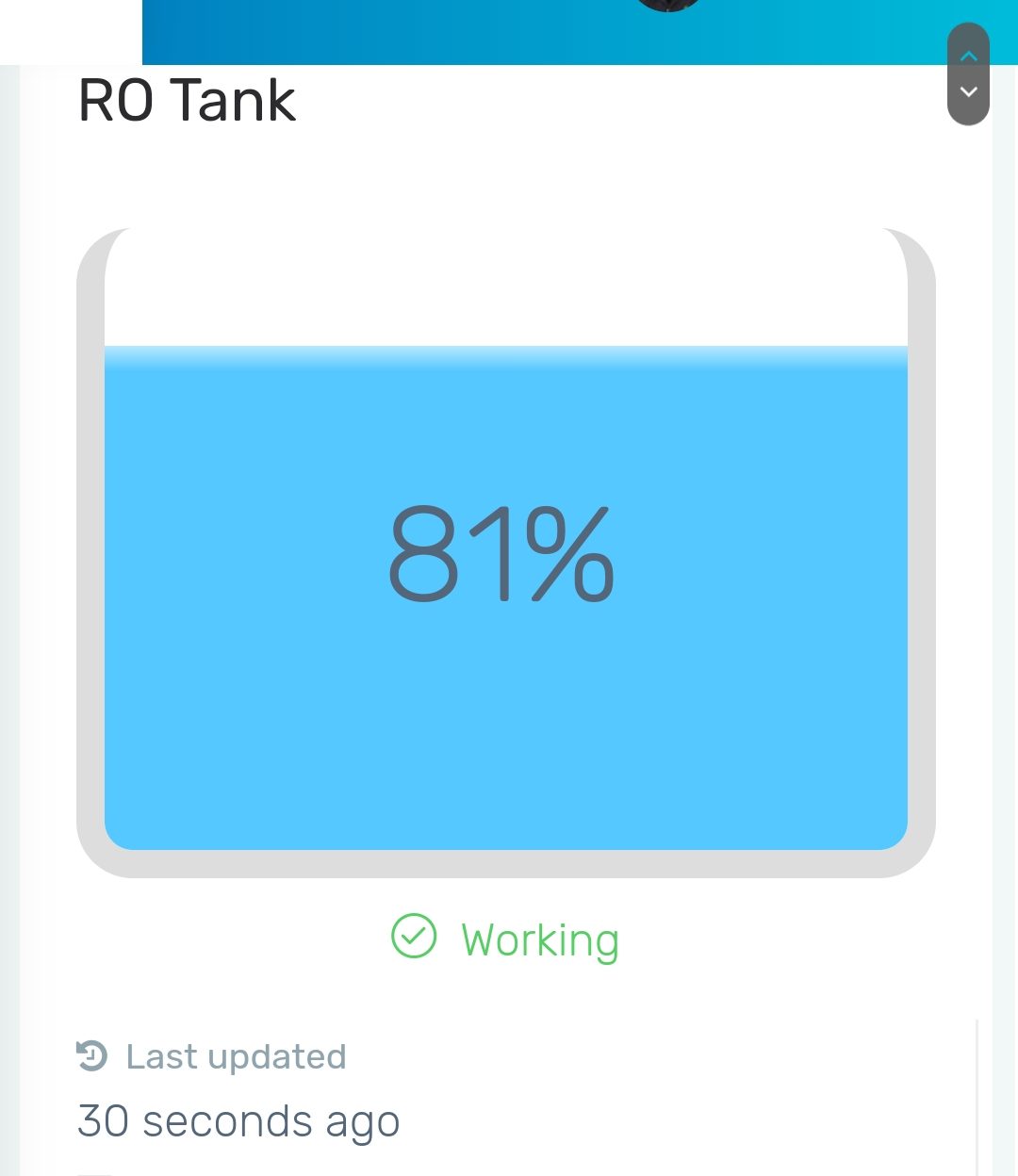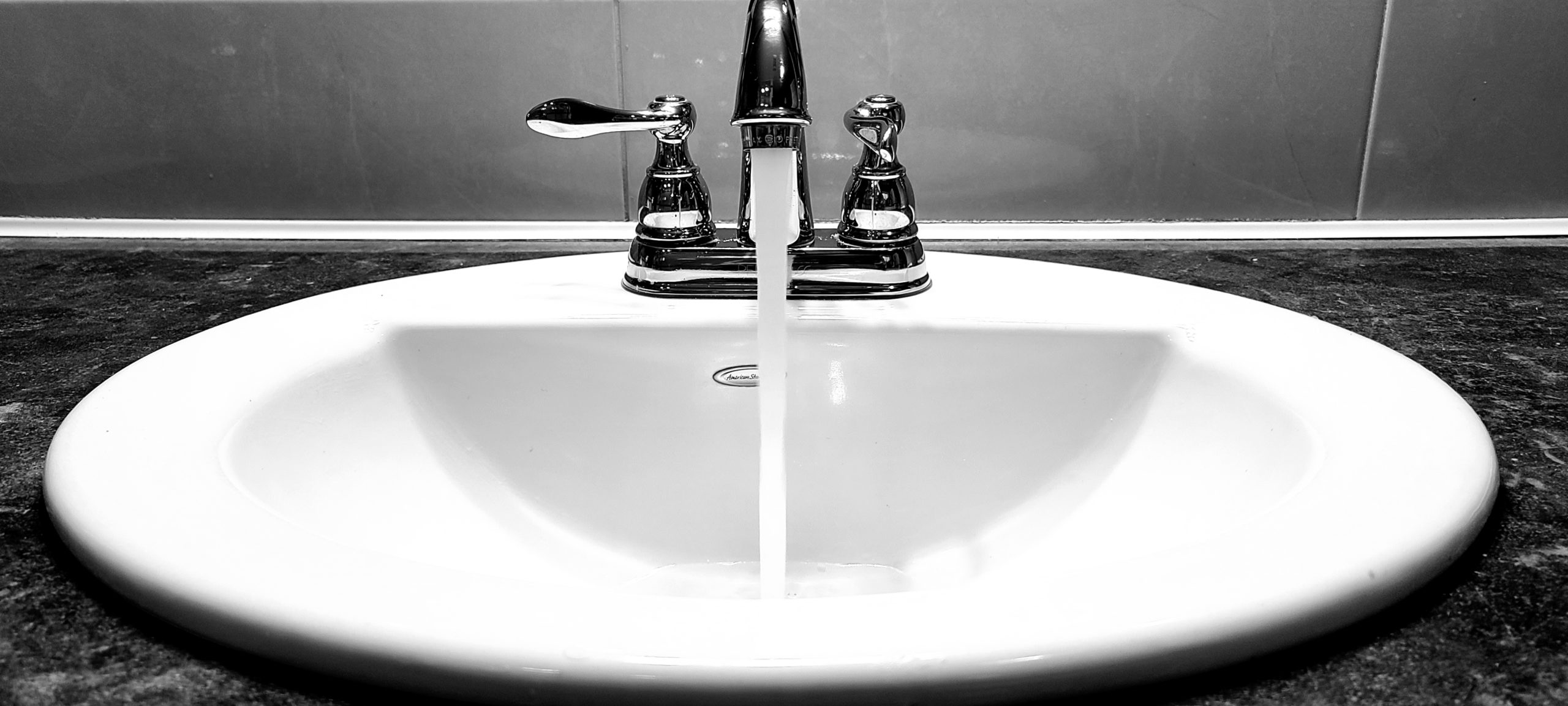What is a Stormwater Management System?
A stormwater retention pond, also known as a detention pond or stormwater management pond, is a artificial basin designed to capture and temporarily hold stormwater runoff and often requires depth and temperature monitoring. Stormwater runoff occurs when rainwater or melted snow flows over impervious surfaces. Runoff from roads, parking lots, and rooftops cannot be absorbed into the ground.
The primary purpose of a stormwater retention pond is to control the flow of stormwater and reduce the risk of flooding. It achieves this by temporarily storing the excess water and releasing it at a controlled rate. As a result, this allows for gradual discharge into the natural drainage system. The pond also enables sedimentation, allowing suspended particles to settle out before releasing the water.
Typically, designers of stormwater retention ponds incorporate specific features such as an inlet structure to collect runoff, an outlet structure to release controlled flows, and a pond basin that can hold water during storm events. They may also integrate vegetation into the design to help stabilize the banks and improve water quality through natural processes.
Stormwater Management Monitoring Requirements
Many cities, regions, counties, and provinces or states have their own requirements for stormwater monitoring. They require these to demonstrate that the facilities are functioning as designed. Location-specific assessments should determine the scope, approach, frequency, and extent of the monitoring program for stormwater management facility performance. This ensures that the program is not over- or under-scoped (eg. it is the right size for the site). Specifically, depth and temperature monitoring are often part of the stormwater monitoring requirements.
Stormwater Depth Monitoring
In Niagara, Ontario there is a requirement for depth monitoring at the inlet and outlet of the stormwater facility.
Stormwater quantity monitoring to verify stormwater management facility performance shall be completed as required by the Local Municipality and/or Region. Depth probes shall be installed at the inlet and outlet of the stormwater management facility to determine the operating water surface elevations within the facility during storm events. The water surface elevations shall be correlated to storage and discharge rates based upon the stormwater management facility rating curve as determined by the as-built survey of the facility after cleanout and prior to assumption by the Local Municipality or Region.
Available rainfall data shall be used to determine the corresponding return period of the storm event, for comparison and verification of the operating water levels within the facility. Where required by the Municipality and/or Region, the approved hydrologic models shall be updated to represent the as-built condition of the stormwater management facility and contributing drainage area, and hydrologic analyses completed to verify the stormwater management facility performance.
Stormwater Management Guidelines, Project No. TPB208013, Niagara Region, Page 113
To find out what stormwater monitoring requirements for depth and temperature are required in your area, reach out to your local authority.
Stormwater Quality Monitoring – Temperature
Various factors, including the temperature of the rain, the surface it falls on, and ambient environmental conditions, can influence the temperature of stormwater. Generally, when rainwater falls, it tends to be close to the temperature of the atmosphere it is falling through.
However, the temperature of stormwater can change after it comes into contact with surfaces like roads, parking lots, or buildings. The surfaces can absorb and retain heat, causing the stormwater to increase in temperature.
In our region, stormwater temperature monitoring is sometimes required at the upstream and downstream. The actual requirements are based on pre-consultation with the Region and relevant authorities.
To find out what stormwater monitoring requirements for depth and temperature are required in your area, reach out to your local authority.
We’re excited to announce the launch of the PTLevel Water Level Monitor with Temperature Probe. The Wired WiFi PTLevel provides monitoring for water depth and temperature data for stormwater systems, updating to the cloud every 2 minutes. It is an affordable solution made in Ontario, Canada (worldwide shipping available).
Having automatic and instant data collection can:
save manpower hours with water collection methods
prevent safety issues by eliminating unsafe water collection in high/low water periods
supply valuable graphs with level and temperature trends
provide alerts at concerning high or low temperatures and high or low levels
(The Long Range Wireless PTLevel with a temperature probe is coming soon! In addition to the temperature probe, the Long Range Wireless PTLevel has up to 1 km of range)
The temperature probe can be installed into liquid, attached to a pipe, or simply installed to measure ambient temperatures.
The pressure chamber (for depth) and temperature probe can provide stormwater monitoring in clean or dirty liquids. Examples include polluted stormwater systems, turbid environments, or stormwater systems with debris such as garbage or leaves.
Order here for same or next day shipping.















